
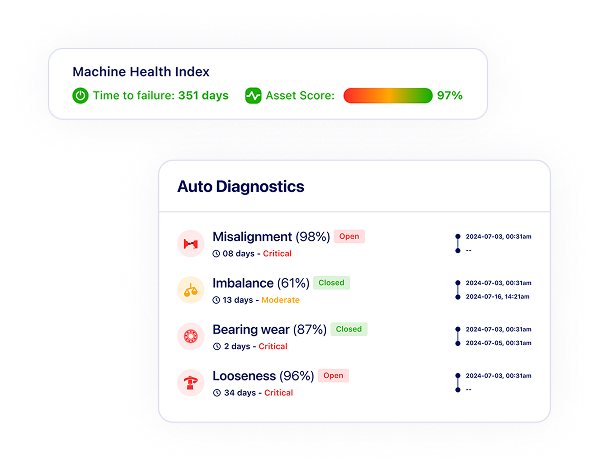

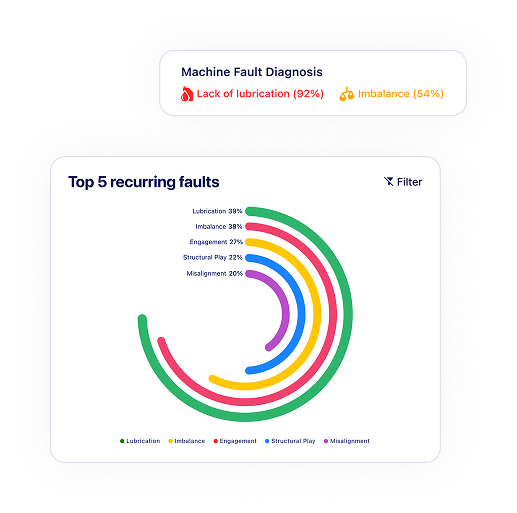
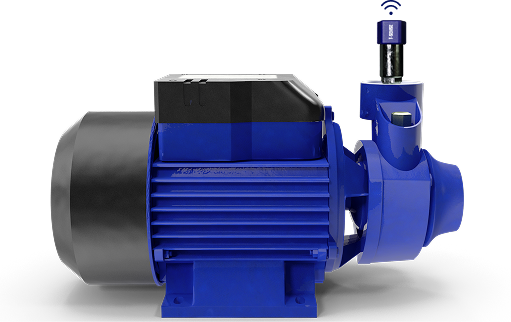

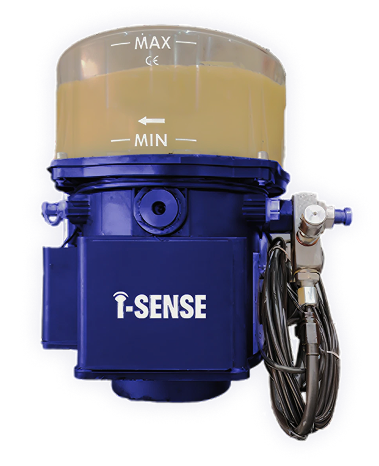






















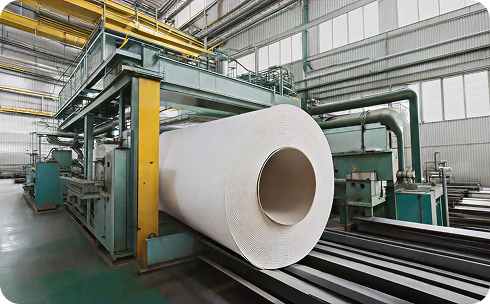



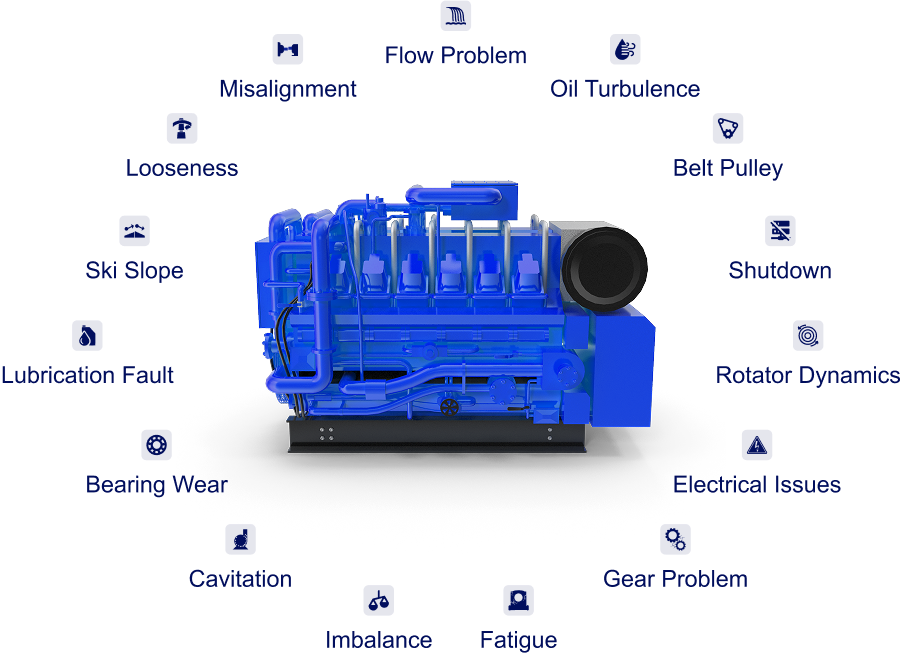
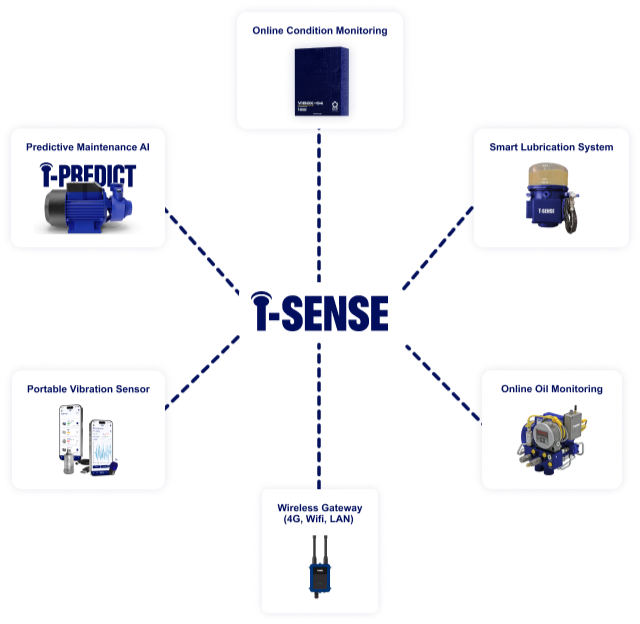
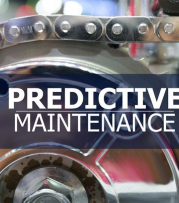


.png)


AI has revolutionized predictive maintenance by leveraging advanced data analytics and machine learning algorithms to foresee equipment malfunctions before they occur. Through real-time data acquisition and sophisticated analysis techniques, AI systems can identify patterns indicative of impending failures. By continuously monitoring equipment performance, AI effectively reduces unexpected downtime and extends machine lifespan. The integration of AI in maintenance strategies allows for the timely scheduling of repairs and part replacements, optimizing operational schedules and reducing maintenance costs significantly. AI combines real-time insights with historical data patterns, which allows for more reliable predictions of failures and optimized maintenance strategies.
Our predictive model, I-Predict®, excels in automating fault identification with its Early Fault Detection (EFD) capabilities, effortlessly identifying potential errors before they escalate. By utilizing a comprehensive Machine Health Index (MHI), it provides a detailed score and ranks the condition of your equipment. Using Time to Failure (TTF) predictions, I-Predict® offers valuable insights into when a machine might experience a failure, enabling proactive maintenance planning. This foresight allows businesses to allocate resources effectively and minimize operational disruptions. Furthermore, with real-time recommendations derived from predictive analytics and exclusive datasets, users can make informed decisions that prolong equipment life and maintain seamless workflow. Our AI models transform maintenance operations from reactive to predictive, ensuring machinery remains in optimal condition while reducing unexpected breakdowns and enhancing productivity.

Across industries, predictive maintenance has evolved thanks to the rise of AI agents designed to detect, predict, and prevent failures before they disrupt operations. These agents use advanced machine learning models, vibration monitoring, and sensor data analysis to forecast anomalies and optimize maintenance strategies. Here are the different existing AI models:
Unlike single-purpose solutions, I-Predict® integrates all the essential AI agents for predictive maintenance into one advanced platform. It combines Anomaly Identification, Fault Classification, Prognostic Models, and Decision Support Agents to deliver a complete, end-to-end approach to asset health management.
With our AI model, you not only detect irregularities and classify faults with precision, but you can also forecast the exact time to failure and receive clear, actionable recommendations on maintenance strategies. This unified model ensures that industrial operations benefit from accurate diagnostics, reliable data, and smart decision-making in real time.

Implementing AI in predictive maintenance offers major advantages, but it also comes with several challenges. The first is data quality and availability: AI models rely on large volumes of accurate sensor data. Incomplete or noisy datasets can reduce reliability and disrupt the machine learning process. Another challenge is the integration with existing CMMS and condition-based maintenance systems, which require technical expertise and seamless connectivity to avoid operational disruptions. Organizations must also consider the cost of implementation, from hardware investments to staff training, and ensure that the return on investment justifies the effort. Finally, the successful adoption of AI in predictive maintenance depends on change management and technical expertise. Maintenance teams need to trust the system’s insights, adapt workflows, and align strategies to fully benefit from AI-driven reliability improvements. By addressing these obstacles proactively, industries can unlock the full potential of predictive maintenance AI and achieve significant gains in productivity, efficiency, and uptime.

The artificial intelligence applied to predictive maintenance is designed for industrial reliability and equipment monitoring, while generative AI focuses on creating new content such as text, images, or code. Predictive maintenance AI relies on machine learning models, anomaly identification, and prognostics to analyze sensor data and anticipate equipment failures. Its goal is to improve operational efficiency, reliability, and uptime by providing condition-based insights and actionable recommendations.
On the other hand, generative AI uses advanced models like large language models (LLMs) to generate human-like responses or creative outputs. While both technologies share common AI principles, predictive maintenance AI is specialized in processing vibration, temperature, and oil data to anticipate faults such as bearing wear, cavitation, or misalignment, ensuring industrial systems run smoothly. This distinction highlights how AI applications vary depending on the context: one is oriented toward industrial operations and asset health, the other toward creative or cognitive tasks (generative AI).

Generative AI is not designed to replace predictive maintenance AI but to complement it. Predictive maintenance AI specializes in analyzing vibration, temperature, and oil condition data to anticipate failures such as bearing wear or misalignment. Generative AI, on the other hand, brings value by creating new insights and supporting maintenance teams in practical ways. For example, it can generate synthetic datasets to improve predictive models when historical data is limited or produce automated reports that summarize machine health in natural language. It can also provide technicians with conversational assistance, generating troubleshooting steps or suggesting best practices based on past interventions. The combination of predictive AI and generative AI enables industries to not only foresee failures but also enhance knowledge transfer, improve efficiency, and support faster decision-making across maintenance operations.